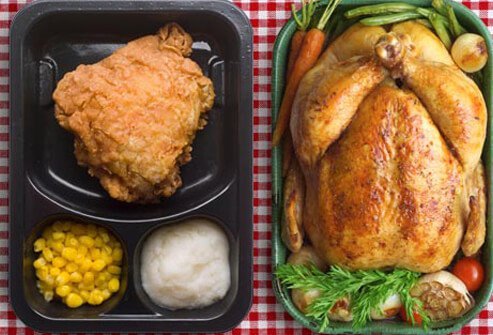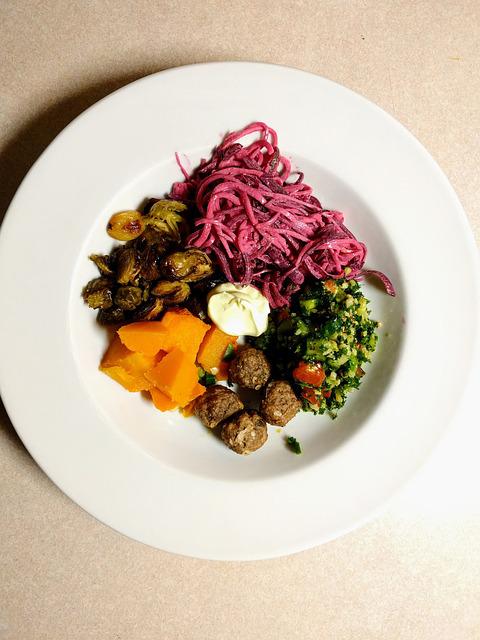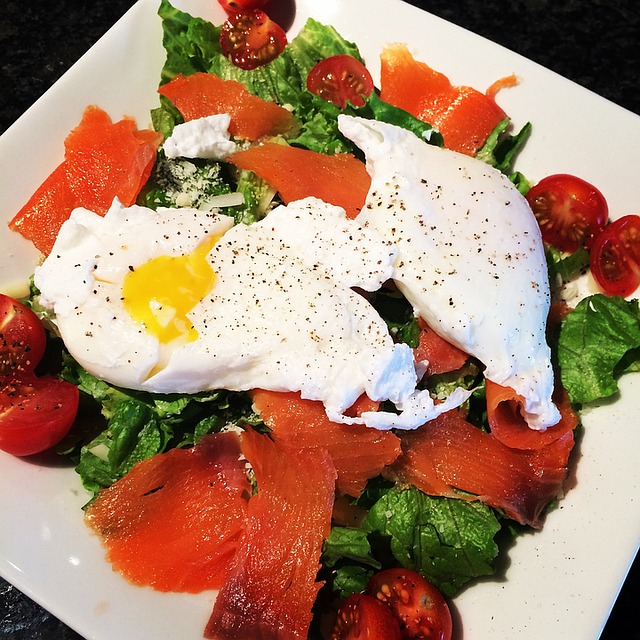
Whether the Paleo diet can prevent heart disease is a controversial topic. While there are many benefits to the diet, some studies suggest that there is a risk of developing cardiovascular disease. Researchers examined the effects of the diet upon arterial distensibility, plasma glucose tolerance, total cholesterol and LDL levels, as well as circulatory metabolism.
Increased risk of getting heart disease
New research shows that Paleo eating significantly raises the levels of a blood marker linked to cardiovascular disease. Trimethylamine noxide, a naturally occurring organic substance produced in your gut, is a new study that shows how it affects the health of heart disease. A study of 44 Paleo-eaters and 47 Australians found that Paleo-eaters had higher levels TMAO. An increase in TMAO levels is associated with a greater risk of heart disease.
Researchers from four different Australian institutions found that participants on the Paleo diet had elevated levels of a compound linked to heart disease. Trimethylamine N-oxide is produced in the gut by bacteria and is related to the development of heart disease. Paleo diets are also associated with lower levels of beneficial bacteria. However, further research will be required to establish the role of this decreased carbohydrate intake on heart health.
Inflammation is at higher risk
A Paleo diet is linked to heart disease. People who eat a Paleo diet have higher levels of interlukin-10, a signaling molecule released by immune cells. Researchers believe that a low interlukin-10 level can predict a higher risk of heart disease. While high levels of interlukin-10 might counteract inflammation and help protect blood vessels, more research is necessary to confirm the relationship.

Paleo means that you avoid grains, legumes, vegetable oils, and other processed foods. Although this is the basis for many heart-healthy diets, it is high in fat. It contains both saturated as well as trans fats. It is also often very expensive. Some individuals cannot afford to follow the Paleo diet because it is so high in meat and dairy products. Paleo may not be affordable for those on lower incomes due to the high cost of these meats.
Risquer disease in the kidneys: Increased risk
Paleo is popular among health-conscious individuals, but it has its drawbacks. The Paleo diet is high-cholesterol and emphasizes meat. Paleo also discourages the intake of refined sugars which are full of empty calories. This sugar has been linked to obesity and heart disease as well as diabetes. The Paleo diet bans legumes and encourages meat intake.
Paleo diets not only increase fiber intake, but they also help reduce waistline. High fiber content in the diet helps lower cholesterol levels. Egg yolks are a common food source of phosphorus and should be avoided. Egg whites provide high-quality protein, making them a better choice for kidney health. Water intake can also help lower urine protein levels. The risk of developing kidney disease is still there.
Increased risk of developing heart disease among women
Paleo is a popular diet for many reasons. It is based on both the Mediterranean and Nordic diets and has many heart-healthy advantages. The high intake of animal fat makes it high in saturated and/or trans fats. High levels of beef consumption are associated with increased heart disease risk. However, a Paleo diet is not for everyone, and it can be expensive for low-income individuals.
Studies show that saturated fats and cholesterol are not associated with an increased chance of heart disease in Paleo-eating women. While Paleo does allow for some elimination of junk food, it does not eliminate saturated fat. Recent reviews of the nutritional data associated with heart disease revealed that there wasn't sufficient evidence to link saturated fat with heart problems. Paleo is a diet that includes fewer foods than the normal diet, but it still contains plenty of vegetables.
Effects on the gut bacteria

A new study reveals that the Paleo diet may be linked to lower risk of heart disease and obesity. In this study, the researchers compared the TMAO levels of people who followed a strict Paleo diet and those who did not. The results revealed that eating a high-protein diet promoted the growth good bacteria and decreased the number harmful microbes. A high-protein diet may increase your risk of developing chronic diseases, decrease your gut health, or cause micronutrient deficiencies.
Research also revealed a strong connection between TMAO levels of a person and their diet. The findings indicated that a higher intake of animal-based protein, such as meat and fish, increased the production of TMAO in the blood. The participants' blood levels were almost twice the level of TMAO as the controls in the study. The researchers also found that vegans had lower TMAO levels than paleo dieters. The researchers also found that participants who took carnitine supplements had significantly lower TMAO levels.
FAQ
How much does it cost to go to culinary school?
The costs of culinary school can vary depending on where and how long it takes. The average tuition ranges from $10,000-$30,000 per year. Most students graduate with approximately $20,000 in debt. Some programs offer work-study, grants, scholarships and grants.
Where can you find free online cooking courses?
Many websites offer free cooking classes. YouTube has many videos that will show you how to cook different dishes. Some websites give you access to thousands of recipes. You will need to pay a monthly subscription, but you can still try the site for free for 30 day.
What are the qualifications to be a chef?
A bachelor's degree is required to become a chef. A number of ACF tests will be required. Once you've completed these requirements, you'll receive a certificate verifying your qualifications.
How can I be motivated to cook?
Cooking is fun when you share food with family and friends. Cooking for yourself is much more enjoyable than cooking for others. Try making something new if your goal is to become more motivated to cook. This will help you learn about new techniques and ingredients. To expand your culinary skills, you can also make use of recipes from other cultures.
Can you become a self-taught chef?
You can learn to cook by yourself! The joy of cooking is something that everybody enjoys doing, no matter their skill level. If you're interested in learning how cook at home, then start cooking. Start small with simple things like spaghetti sauce or pancakes for breakfast. Experimenting with new recipes is the best way to learn to cook. You might make a few errors along the way.
Learning to cook takes anywhere from a couple of hours to several weeks, depending on what type of skill level you are looking for. Cooking is more than following recipes. There are many ways to cook food. If you have an idea, follow it.
What are my options for learning about cooking?
All over the country, cooking classes are offered. Many schools offer classes in baking, pastry, wine tasting, and more. If you want to learn more about cooking, you can enroll in a class at a local community college or vocational school, or attend one offered by a private institution.
What is the average time it takes to become a chef? What Is the Average Career Path?
Five years is required to become a professional chef. In this period, you will learn basic cooking skills and experience as a kitchen assistant. You can apply for line, sous or executive chef positions after you complete your training. The average salary for a chef ranges from $25,000 to $60,000 per year.
Statistics
- On average, chefs earn $58,740 a year, according to the BLS. - learnhowtobecome.org
- under 10 Kids have been taught that there is special food just for them, and Fiese says that 10 percent of kids will throw a tantrum if they don't get the food they want. (washingtonpost.com)
- In the United States, the category is estimated at $23.2 billion annually and is growing faster than the market. (washingtonpost.com)
External Links
How To
How to make Apple Pie
Making apple pie involves many steps. First, wash the apples. Next, peel them and then cut them into small chunks. Then you add sugar, cinnamon, cloves, and lemon juice. Mix all the ingredients and bake it at 350 degrees Fahrenheit (for 15 minutes). After 15 minutes, take the apple mixture off the oven. Let it cool, then add cream. Finally, you can sprinkle some powdered sand on top of the mixture and serve it.